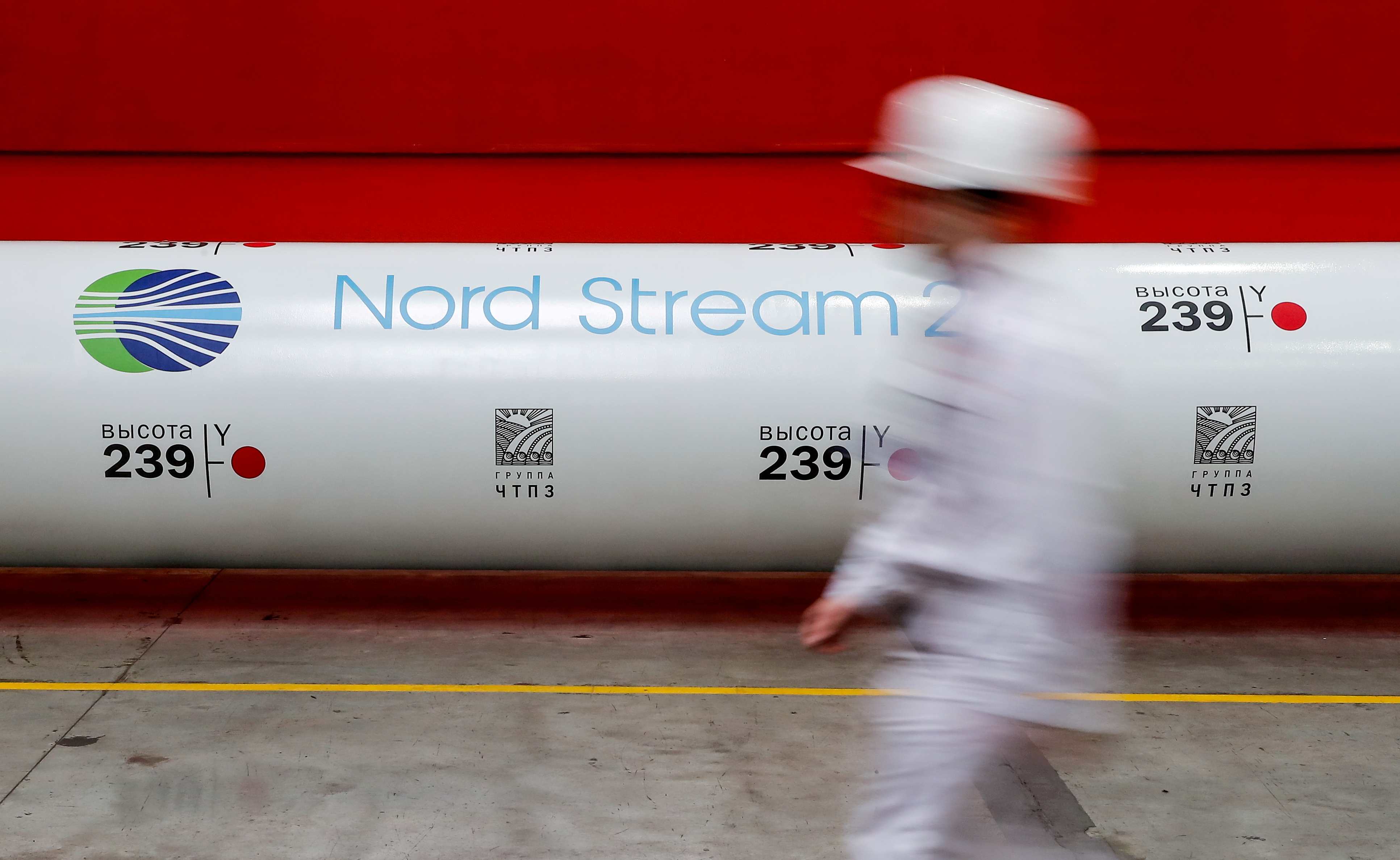By Steve Scherer

Canada's Finance Minister Chrystia Freeland holds a
news conference before delivering the 2022-23 budget, in Ottawa
© Reuters/BLAIR GABLE
OTTAWA (Reuters) -Canada will look at supporting more liquefied natural gas (LNG) terminals as long as they are economically feasible because they are needed to keep the world from burning coal again amid the current energy crunch, Finance Minister Chrystia Freeland said on Friday.
LNG "is an important transition fuel," Freeland told reporters in Washington at the end of annual IMF and World Bank meetings. "We will always be looking at economically viable LNG projects."
German Chancellor Olaf Scholz visited in August, looking for Canada - the world's fifth largest producer of natural gas - to play a "major role" in filling the shortfall brought on by Russia's invasion of Ukraine, but went home with no promises.
When Scholz was in Canada, Prime Minister Justin Trudeau said "there has never been a strong business case" for LNG on the country's east coast.
On Friday, Freeland appeared to leave the door open to the possibility, as has Natural Resources Minister Jonathan Wilkinson, saying that she had heard finance ministers in Washington this week say they were having to burn more coal because of the soaring cost of LNG.
"'I want to burn less coal,' one minister said quite movingly," Freeland said, but cannot because "LNG is too expensive right now."
Two east coast projects being discussed are Repsol's intake facility in New Brunswick, which could be retooled for exports, and Pieridae Energy's proposed Goldboro LNG facility in Nova Scotia.
Separately, Freeland indicated that Canada would need to spend far more to compete to become the "best and fastest" at creating green-transition industries after the U.S. passage of the Inflation Reduction Act.
When asked if Canada was increasing its incentives to scale up green technologies in order to match the United States, she responded: "It is something we are very, very focused on."
"We need to act even more energetically and aggressively than we have hitherto," she said. "We need to find ways to attract even more private capital."
(Reporting by Steve Scherer, with additional reporting by Julie GordonEditing by Chris Reese and Marguerita Choy)
OTTAWA (Reuters) -Canada will look at supporting more liquefied natural gas (LNG) terminals as long as they are economically feasible because they are needed to keep the world from burning coal again amid the current energy crunch, Finance Minister Chrystia Freeland said on Friday.
LNG "is an important transition fuel," Freeland told reporters in Washington at the end of annual IMF and World Bank meetings. "We will always be looking at economically viable LNG projects."
German Chancellor Olaf Scholz visited in August, looking for Canada - the world's fifth largest producer of natural gas - to play a "major role" in filling the shortfall brought on by Russia's invasion of Ukraine, but went home with no promises.
When Scholz was in Canada, Prime Minister Justin Trudeau said "there has never been a strong business case" for LNG on the country's east coast.
On Friday, Freeland appeared to leave the door open to the possibility, as has Natural Resources Minister Jonathan Wilkinson, saying that she had heard finance ministers in Washington this week say they were having to burn more coal because of the soaring cost of LNG.
"'I want to burn less coal,' one minister said quite movingly," Freeland said, but cannot because "LNG is too expensive right now."
Two east coast projects being discussed are Repsol's intake facility in New Brunswick, which could be retooled for exports, and Pieridae Energy's proposed Goldboro LNG facility in Nova Scotia.
Separately, Freeland indicated that Canada would need to spend far more to compete to become the "best and fastest" at creating green-transition industries after the U.S. passage of the Inflation Reduction Act.
When asked if Canada was increasing its incentives to scale up green technologies in order to match the United States, she responded: "It is something we are very, very focused on."
"We need to act even more energetically and aggressively than we have hitherto," she said. "We need to find ways to attract even more private capital."
(Reporting by Steve Scherer, with additional reporting by Julie GordonEditing by Chris Reese and Marguerita Choy)










